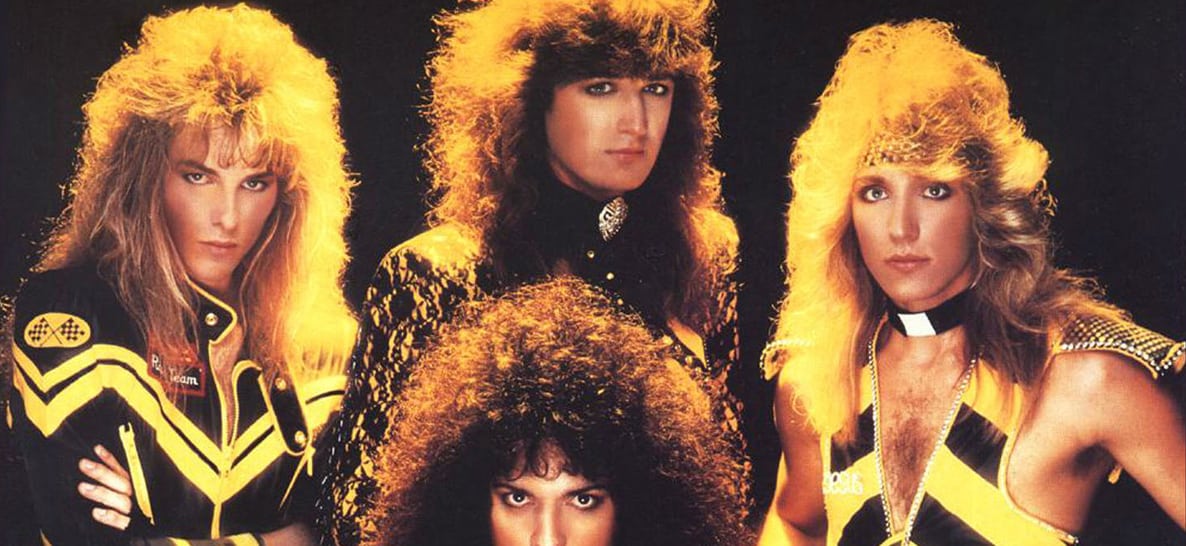
On Monday, social media does what social media does worst — boil down a complex subject into a few clever partisan quips and then move on, having learned nothing from the events. The event in question was a presser from Transportation Secretary Pete Buttigieg, who answered a question about racism built into national infrastructure when he said “if an underpass was constructed such that a bus carrying mostly Black and Puerto Rican kids to a beach, […] in New York was designed too low for it to pass by, that that obviously reflects racism that went into those design choices.”
The quote was seized upon by many who felt this was an example of “wokeism” gone too far. Senator Ted Cruz chuckled about “racist roads.” And while it’s true that some well-meaning people can get a little over their skis when it comes to accusations of racism, Buttigieg is correct here.
He’s drawing from a book called The Power Broker, Robert Caro’s Pulitzer Prize-winning biography of Robert Moses, the infamous urban planner who shaped the political, economic and social landscape of New York City in the 1930s. Moses had a reputation for beautiful city parks, but less well-remembered were the many, many Black and Latino neighborhoods he had bulldozed to make way for them.
What does this have to do with roads and bridges? Well, it turns out, Moses was not a fan of people coming to his parks from poor neighborhoods, and was actively seeking to “discourage” Black people — whom he considered “inherently ‘dirty'” — from using them. One way he did this was to deliberately build the bridges across his parkways “too low” for city buses to use. That means people who wanted to use his parks from other, less well-to-do parts of town were forced to take a much longer bus rides to get to them. Obviously, in the 1930s as in today, any policy that affects impoverished neighborhoods will have a disproportionate affect on racial minorities. These bridges remain in use to this day.
This quote is being mocked by some large-following people on the right, but it's straight from The Power Broker, the famed book on Robert Moses. https://t.co/ihxFC8T6Lm https://t.co/1RhOyJapBq pic.twitter.com/mbXZ6I15xe
— Daniel Dale (@ddale8) November 8, 2021
Most Americans know that this country has a long and ugly history of anti-Black racism. It is true that great strides towards equality have been made in recent decades thanks to the tireless work of activists like Angela Davis, Malcolm X, Dr. Martin Luther King, Jr., Rep. John Lewis and the many men and women who followed their lead. But it’s also true that the Civil Rights Movement didn’t simply erase history. Roads, bridges, housing developments, neighborhoods and trains were built by people, and people can be racist. You don’t have to be “woke” to see how this could have an impact on their work.
It’s obvious when a racist filmmaker makes a movie like Song of the South or The Birth of a Nation, because it contains troubling depictions of or ideas about racial minorities. It may be a little less obvious when a racist urban planner makes a city in such a way that disadvantages Black and Latino Americans. But in both cases, the final result is a real, tangible and badly in need of a reckoning.






















